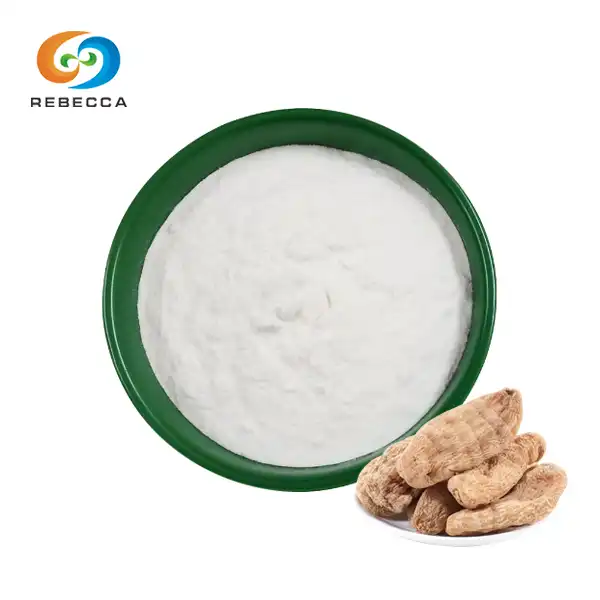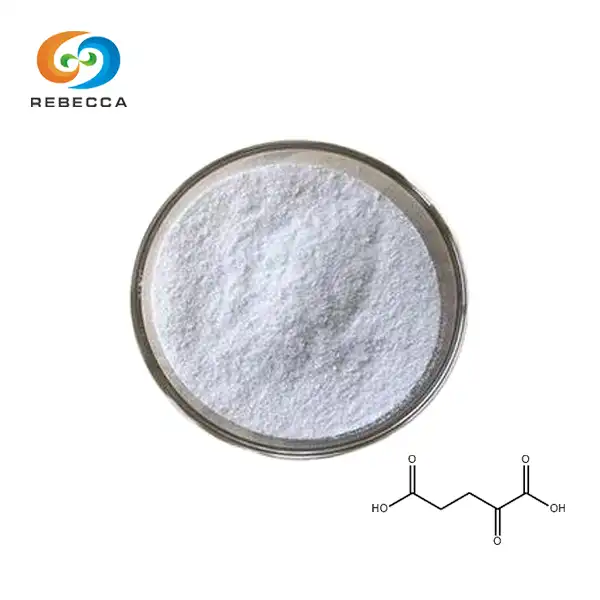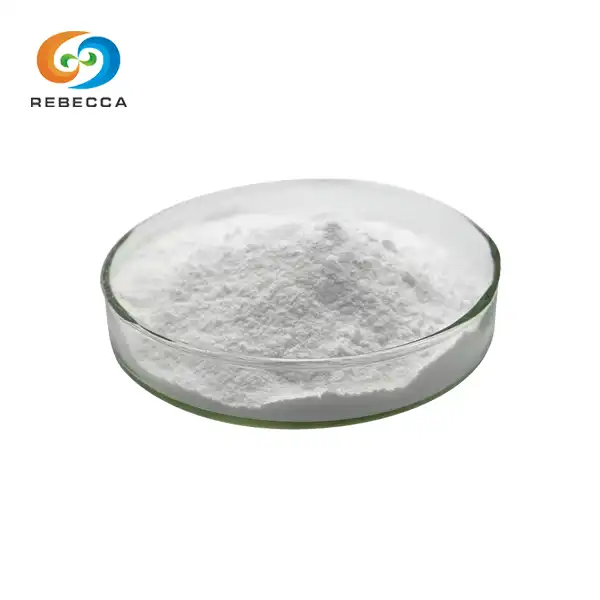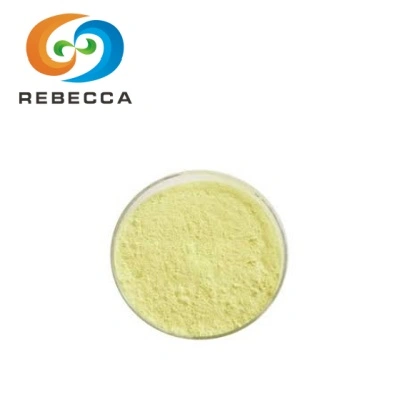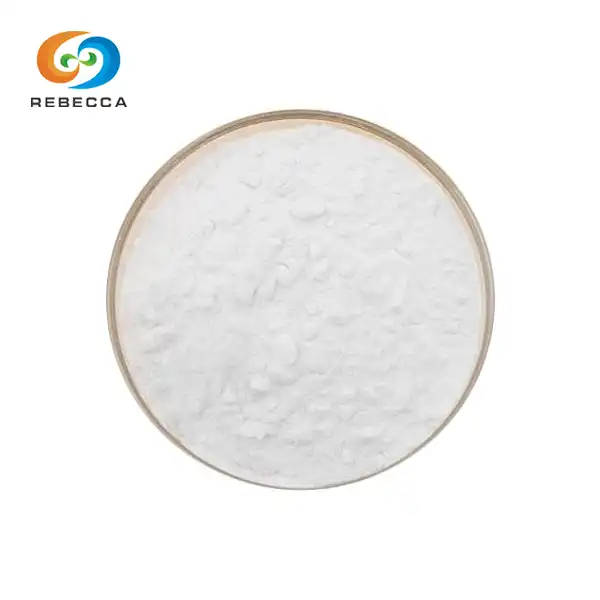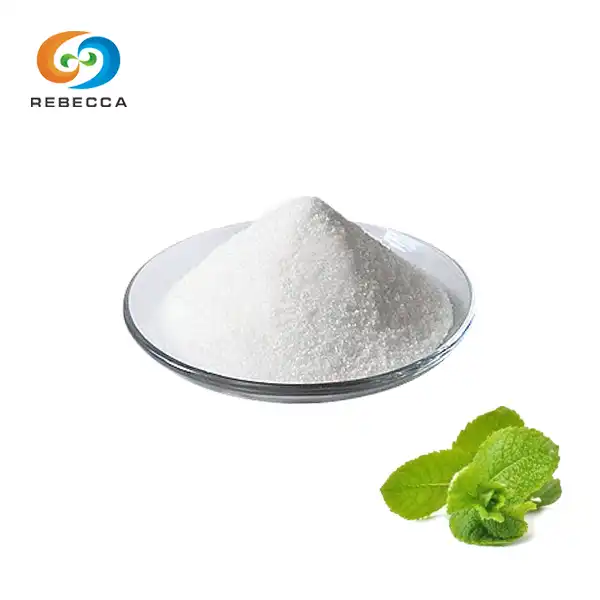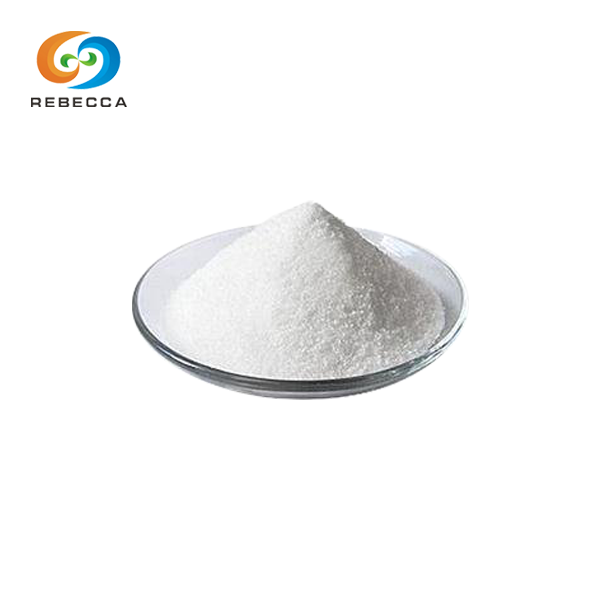Is hyperforin a flavonoid?
Understanding the chemical composition of plant-based compounds is crucial for both researchers and consumers interested in natural remedies. St. John's Wort (Hypericum perforatum) has gained significant attention in both traditional medicine and modern pharmaceutical research, largely due to its bioactive components. Among these components, hyperforin extract stands out as one of the most studied and therapeutically relevant constituents. However, there's often confusion regarding the classification of hyperforin, with many wrongly assuming it belongs to the flavonoid group of compounds. This article aims to clarify the chemical nature of hyperforin and explain why it is not classified as a flavonoid.
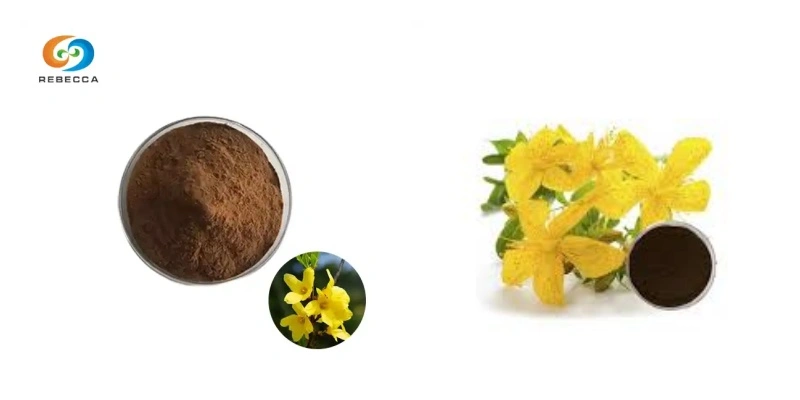
Not A Flavonoid
Contrary to a common misconception, hyperforin is not a flavonoid. Hyperforin extract represents a different class of natural compounds with distinct chemical characteristics. Instead of being a flavonoid, hyperforin is a prenylated phloroglucinol derivative that contributes significantly to the therapeutic properties of St. John's Wort. This phytochemical has a complex polycyclic structure containing multiple isoprene units, which provides its unique pharmacological profile.
The confusion about hyperforin's classification often stems from the fact that St. John's Wort contains several flavonoids alongside hyperforin, including rutin, quercetin, and hyperoside. These compounds coexist with hyperforin extract in the plant but belong to entirely different chemical families. While flavonoids typically feature two phenyl rings connected by a pyran ring, hyperforin has a more complex bicyclic structure with multiple prenyl side chains.
Research into the pharmacological activities of hyperforin extract has demonstrated that it possesses antibacterial, anti-inflammatory, and antidepressant properties. These biological effects occur through mechanisms distinct from those of flavonoids, further emphasizing the importance of correctly classifying these compounds when studying their therapeutic potential. The antidepressant effect of hyperforin is primarily attributed to its ability to inhibit the reuptake of several neurotransmitters, including serotonin, dopamine, and norepinephrine, rather than through mechanisms typically associated with flavonoids.
Commercial hyperforin extract is typically standardized based on its concentration, with purified extracts containing anywhere from 3% to 98% hyperforin, depending on the extraction method and intended use. The extraction process typically involves specialized techniques to preserve the stability of hyperforin, which is known to be relatively unstable when exposed to light and oxygen.
Structural Differences
The chemical structure of hyperforin distinctly separates it from flavonoids on a molecular level. Hyperforin possesses a complex bicyclic structure built around a phloroglucinol core with several isoprenoid chains attached. This arrangement creates a unique three-dimensional configuration that directly influences its biological activities and how it interacts with cellular targets. Meanwhile, flavonoids feature a characteristic C6-C3-C6 skeleton, typically consisting of two aromatic rings (A and B) connected by a heterocyclic pyran ring (C).
Hyperforin's molecular formula (C35H52O4) and its approximate molecular weight of 536.8 g/mol further distinguish it from typical flavonoids, which generally have lower molecular weights. The multiple lipophilic prenyl groups in hyperforin extract significantly enhance its ability to penetrate biological membranes, allowing it to reach intracellular targets that many flavonoids cannot access effectively.
The structural complexity of hyperforin presents challenges for its stability and isolation. Pure hyperforin extract is highly susceptible to degradation, particularly through oxidation processes. This instability has implications for the pharmaceutical development of hyperforin-based products and necessitates specialized formulation techniques to preserve its activity. Manufacturers of hyperforin extract must employ carefully controlled extraction and stabilization processes to maintain the compound's integrity.
From a medicinal chemistry perspective, the structural features of hyperforin determine its binding affinity to specific protein targets. Studies have revealed that hyperforin interacts with the TRPC6 (Transient Receptor Potential Channel 6) calcium channel, which plays a role in its antidepressant effects. This specific molecular interaction stems from hyperforin's unique structure rather than properties commonly associated with flavonoids. The distinct pharmacophore elements in hyperforin extract contribute to its selectivity and potency against certain biological targets.
Synthetic chemistry approaches to hyperforin have been challenging due to its structural complexity. While total synthesis has been achieved, the process is complex and not commercially viable. Consequently, natural extraction remains the primary source for hyperforin extract in research and commercial applications. The structural complexity also provides opportunities for developing semi-synthetic derivatives with potentially improved stability or therapeutic profiles.
Taxonomic Separation in Plant Chemistry
In plant biochemistry, compounds are classified according to their biosynthetic origins and structural characteristics. Hyperforin and flavonoids not only differ in their chemical structures but also originate from different biosynthetic pathways within the plant. Understanding these distinct metabolic routes helps clarify why hyperforin extract belongs to a separate phytochemical category.
Flavonoids derive from the phenylpropanoid pathway, with phenylalanine as the starting amino acid. This pathway leads to the formation of the characteristic flavonoid structure through a series of enzymatic reactions. In contrast, hyperforin is synthesized through the polyketide pathway, specifically via the condensation of one molecule of acyl-CoA with multiple malonyl-CoA units, followed by prenylation steps. These fundamental differences in biosynthesis place hyperforin extract and flavonoids into separate taxonomic groups within plant secondary metabolites.
The distribution of hyperforin within the plant kingdom is also more restricted than that of flavonoids. While flavonoids are ubiquitous across the plant kingdom and found in nearly all vascular plants, hyperforin and related phloroglucinol derivatives are predominantly found in the Hypericum genus, with St. John's Wort (Hypericum perforatum) being the most well-known source. This restricted taxonomic distribution reflects the specialized nature of the biosynthetic machinery required for hyperforin production.
From an evolutionary perspective, the development of hyperforin production likely represents a specialized adaptation in Hypericum species. The compound serves as a defense mechanism against herbivores and pathogens due to its antimicrobial properties. The ecological role of hyperforin extract differs from the general protective and signaling functions often attributed to flavonoids, which typically provide UV protection, pigmentation, and interaction with pollinators.
Phytochemical analysis of Hypericum species reveals that hyperforin content varies significantly across different species and even between populations of the same species growing in different environments. This variation underscores the complex regulation of hyperforin biosynthesis and its response to environmental factors. Commercial producers of hyperforin extract must carefully select plant material and growing conditions to ensure consistent levels of this valuable compound.
The co-occurrence of hyperforin with other compounds in Hypericum species, including both flavonoids and another important class of compounds called naphthodianthrones (such as hypericin), creates a complex phytochemical profile. This combination of different compound classes contributes to the overall therapeutic effects of St. John's Wort extracts, with each class exerting distinct biological activities. While hyperforin extract is often standardized separately for research purposes, traditional preparations benefit from this synergistic combination of diverse phytochemicals.
Rebecca: Hyperforin Extract Manufacturer
Understanding the distinction between hyperforin and flavonoids is essential for the proper classification and application of these natural compounds. As we've explored, hyperforin belongs to the prenylated phloroglucinol class rather than flavonoids, with significant differences in structure, biosynthesis, and biological activity. This distinction is crucial for researchers developing targeted applications and for consumers seeking specific health benefits.
As a leading hyperforin extract supplier, Rebecca Bio-Tech provides premium quality products with the following specifications:
- Specification: 0.3% Hypericins UV; 0.3% Hypericin HPLC; 3%, 98% Hyperforin HPLC
Our hyperforin undergoes rigorous quality control to ensure purity, potency, and consistency. Whether you're a pharmaceutical company, research institution, or supplement manufacturer, our standardized extracts meet the highest industry standards.
For more information or to place an order, please reach out to us at information@sxrebecca.com. Our team of experts is ready to assist with your specific requirements and provide technical support for your applications.
